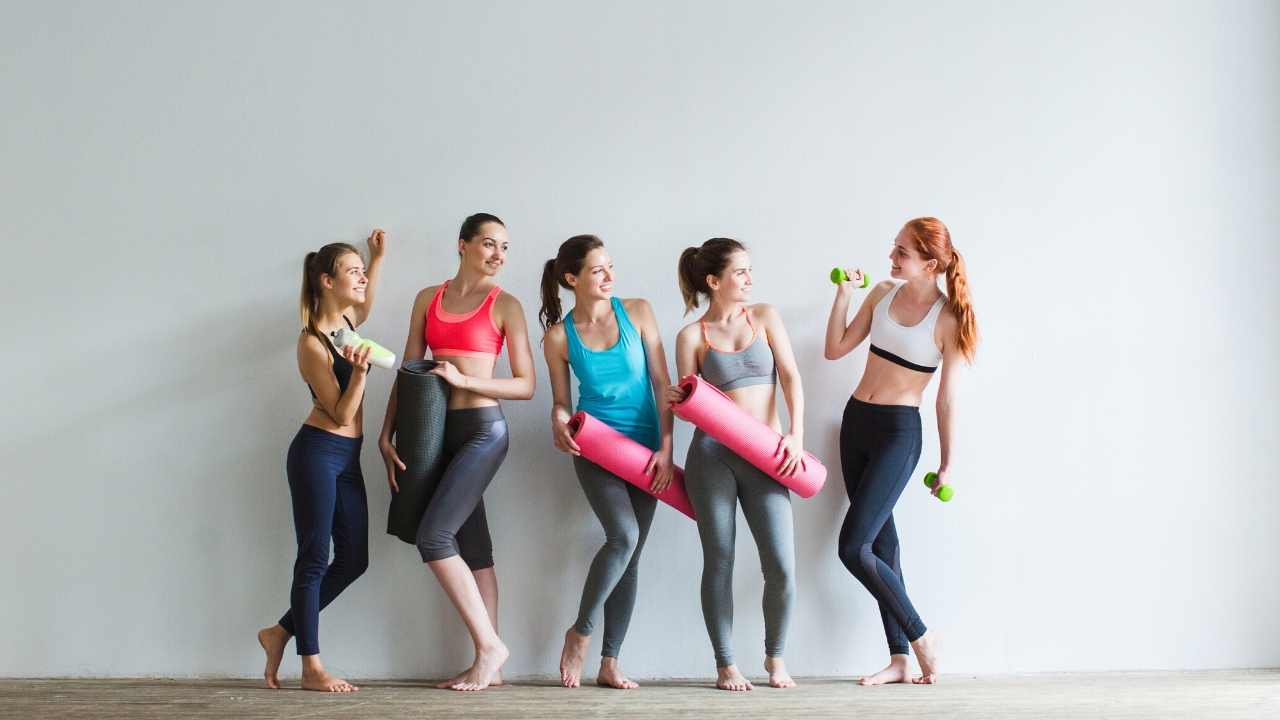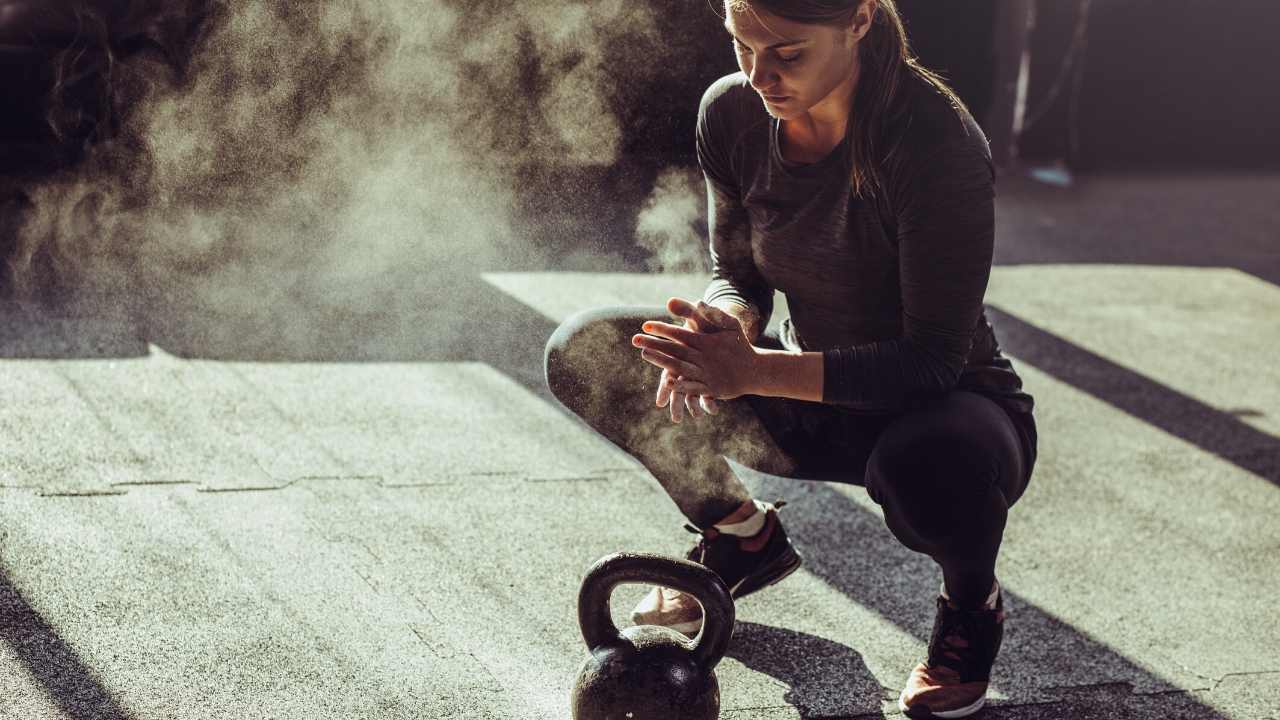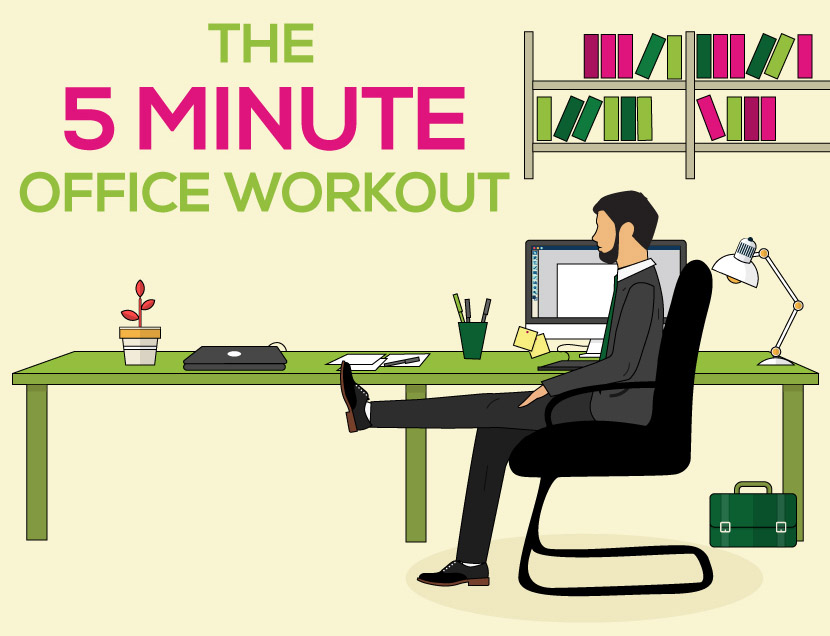
Start small to help you make the shift from being sedentary into active. Start small by including new activities in your daily routine. You should celebrate all your victories. Before starting a new exercise regimen, you should always check in with your doctor. A good place to start is far away from the grocery store if you are sedentary. Even if it's not your intention to buy anything, you can still walk around every aisle.
Start by increasing the amount of exercise you do. Walking is a great way to increase your physical activity. Two twenty-minute sessions a day are enough for beginners. Adding ten minutes a day will help you build your fitness level. You must drink lots of fluids during, after, and before your workout. If you're a beginner, try a few walks each week to build up your fitness level.

Sitting is the most common way to spend your day if you're sedentary. To be more active, you must change your eating habits. Poor nutrition is not something that can be replaced by exercise. It is essential to eat healthy in order to increase your level of physical activity. It might be worth joining a gym or running club. The benefits of these programs will make you feel better and more energetic all day.
A good exercise program should include physical activity and a healthy diet. A healthy lifestyle includes a healthy diet. Regular exercise is a great way to improve your mental health, and can even improve your mood. For a faster heart rate, you can walk or run. By making these small changes in your daily habits, you can drastically increase your physical activity. Your body will thank you in the end. So, make the transition from sedentary to active and stay healthy.
You'll have to make a conscious effort not to lead a sedentary existence, but you can start by changing your routine. You must be committed and willing to change. It is important to establish a daily exercise program. You'll notice positive changes almost immediately after you have established a routine. This is a simple but effective step to get back on track and get your health back on track.

Start adding a third set bodyweight exercises to your daily routine if you are very sedentary. You should also increase the length of your walks to 45 minutes. Doing this will make you a regular participant in physical activity for a lifetime. By doing so, you'll be able to lose weight and keep it off for a long time. It will amaze you how much weight you can lose.
FAQ
How can you live your best life every day?
To live a happy life, the first step is to discover what makes you happy. Once you know what makes you happy, you can work backwards from there. Asking other people how they live their best lives every day is also a good idea.
You can also find books such as "How to Live Your Best Life" written by Dr. Wayne Dyer. He discusses happiness and fulfillment in every aspect of our lives.
What is the difference between fat and sugar?
Fat is an energy source from food. Sugar is a sweet substance that can be found naturally in fruits or vegetables. Both fats, as well sugars, provide the same number calories. Fats have twice the calories of sugars, however.
Fats are stored in the body and contribute to obesity. They cause cholesterol buildup in arteries which may lead to heart attacks and strokes.
Sugars can be quickly absorbed by your body and give you instant energy. This causes blood glucose to rise. High blood glucose levels can be dangerous because it increases the risk of developing type II diabetes.
What is the difference between a virus and a bacterium?
A virus is a microscopic organism that cannot reproduce outside its host cell. A bacterium is a single-celled organism that reproduces by splitting itself in two. Viruses are small, around 20 nanometers in size. Bacteria are much larger, at 1 micron.
Viruses are often spread through contact of infected bodily fluids like saliva, urine or semen. Bacteria can be spread by direct contact with infected objects and surfaces.
Viruses can get into our bodies through cuts and scrapes on the skin, bites, and other injuries. They can also be transmitted through the eyes, nose, mouth, ears, rectum, and anus.
Bacteria can get into our bodies through cuts, scrapes and burns, insect bites, or other skin breaks. They can also enter our bodies from food, water, soil, dust, and animals.
Both bacteria and viruses can cause illness. But viruses can't multiply within their hosts. They infect only living cells, causing illness.
Bacteria can spread within the host and cause illness. They can invade other areas of the body. To kill them, we must use antibiotics.
What's the problem with BMI?
BMI stands For Body Mass Index. This refers to the measurement of body fat using height and weight. This formula calculates BMI.
Add weight in kilograms to height in meters squared.
The result is expressed as a number from 0 to 25. Scores between 0 and 25 indicate obesity. A score of 18.5 indicates overweight. A score of 23 indicates obesity.
A person who is 100kg and 1.75m tall will have a BMI 22.
How do I count calories?
You may be wondering "what is the best diet for you?" or "is counting calories necessary?" Well, the answer depends on several factors including your current health status, your personal goals, your preferences, and your overall lifestyle.
The Best Diet for Me - Which One is Right For You?
The best diet for me depends on my current health status, my personal goals, my preferences, and my overall lifestyle. There are many good and bad diets. Some diets work for some people, while others are not. What should I do? How can I make the right choice?
These questions are addressed in this article. It begins with an overview of the different diets today. Then we will discuss the pros & cons of each kind of diet. The final step is to determine which one is right for you.
Let's start by taking a look at the various types of diets.
Diet Types
There are three main types. Low fat, high proteins, and ketogenic. Let's take a look at them all below.
Low Fat Diets
A low-fat diet restricts fat intake. This is done by reducing your intake of saturated oils (butter, cream cheeses, etc.). It is possible to replace these saturated fats with unsaturated ones (olive oil or avocados). For those looking to lose weight quickly, a low-fat diet is often recommended. This diet can cause problems such constipation as heartburn, indigestion, and even stomach pain. If a person doesn’t receive enough vitamins from their foods, this can lead to vitamin deficiency.
High Protein Diets
High protein diets are known to restrict carbohydrate intake and promote the consumption of proteins. These diets are more protein-rich than others. These diets are intended to increase muscle mass and reduce calories. The downside is that they may not provide adequate nutrition for someone who needs to eat regularly. Also, they tend to be very restrictive, so they aren't suitable for everyone.
Ketogenic Diets
Ketogenic diets can also be known as keto diets. They are high in fat and moderate in protein and carbs. These foods are popular among athletes and bodybuilders as they allow them to train harder, longer and without becoming tired. But, they require strict adherence to avoid negative side effects like nausea, headaches, and fatigue.
Statistics
- This article received 11 testimonials and 86% of readers who voted found it helpful, earning it our reader-approved status. (wikihow.com)
- According to the 2020 Dietary Guidelines for Americans, a balanced diet high in fruits and vegetables, lean protein, low-fat dairy and whole grains is needed for optimal energy. (mayoclinichealthsystem.org)
- WHO recommends consuming less than 5% of total energy intake for additional health benefits. (who.int)
- Extra virgin olive oil may benefit heart health, as people who consume it have a lower risk for dying from heart attacks and strokes according to some evidence (57Trusted Source (healthline.com)
External Links
How To
10 tips for a healthy lifestyle
How to keep a healthy lifestyle
We live in a fast world where we don't get enough sleep, eat too much, drink too much alcohol and smoke cigarettes. We don’t take proper care of our bodies.
When you work full-time, it is difficult to maintain a healthy diet and exercise program. It becomes even harder if you are stressed out because your mind tells us that we cannot handle this situation anymore so we start feeling guilty and give up.
If you feel like something is wrong with your body, then it probably is. You should see a doctor and ask him/her what he/she thinks about your current condition. If nothing is abnormal, it might be stress due to your job.
Some people think they are lucky because their jobs enable them to regularly go to the gym or have good friends who encourage them to stay fit. However, those people are really lucky. They don't have problems. They managed everything. I wish that everyone could be like them. Unfortunately, most of us don't know how to balance our work life and personal life. Bad habits can lead to heart disease, diabetes, and other diseases.
Here are some tips that might help you to improve your lifestyle:
-
You should get 7 hours of sleep per night minimum and 8 hours maximum. This means sleeping properly and not consuming caffeine in the hour before bed. Caffeine blocks melatonin hormones which makes it difficult to fall asleep. Also, ensure your bedroom is darkened and clean. You should use blackout curtains if possible, especially if your work is late at night.
-
Eat well - Have breakfast every morning. Avoid sugary products, fried foods, white breads, and processed food. Fruits, vegetables, whole grains and whole grains are good options for lunch. Afternoon snacks are recommended to be rich in protein and fiber, such as nuts, seeds, beans, fish and dairy products. Avoid snacking on unhealthy foods like chips, candy, cookies, cakes, and sodas.
-
Get enough water. Many people don't get enough. Water helps us burn more calories and maintains our skin's youthfulness. It also flushes toxins out of our bodies and improves our digestion. You can lose weight by drinking six glasses of water per day. The best way to measure your hydration level is by checking the color of your urine. A yellow urine color indicates that you are dehydrated. An orange urine color means that you are slightly dehydrated. Pink urine means that your hydration level is normal. Red urine means that you are overhydrated. Clear urine means that you're highly hydrated.
-
Regular exercise can increase energy and decrease depression. Walking is a simple exercise that can improve your mood. Even though walking looks simple, it requires effort and concentration. Your brain needs to focus on walking while breathing slowly and deeply. A 30 minute walk at a moderate pace for about 100 calories can burn between 100-150 calories. Start slowly and increase your pace gradually. To prevent injury, don't forget to stretch after you exercise.
-
Positive thinking is key to mental health. If we are positive, we create a happier environment in our minds. Negative thoughts drain our energy and cause anxiety. To stay motivated, try to think about the things that you want to accomplish. Break down the tasks into smaller steps if you feel overwhelmed by all the new tasks. Remember that you are bound to fail sometimes but just pick yourself up and start again.
-
You must learn to say No - Too often we get so busy we forget how much time is wasted on things that are not important. It is important to be able to say No when needed. Being polite when you say "no" does not mean that you are rude. Saying No is simply saying that you cannot take care of something right now. You will always find another way to do the job. Set boundaries. You can ask someone to help you. Oder delegate this job to someone else.
-
Take care to your body. Keep an eye on your diet. A healthier diet will help boost your metabolism, and you can lose extra weight. Don't eat too much oily or heavy foods as they can increase cholesterol levels. Three meals and two snacks are a good rule of thumb. Your daily calories should range from 2000 to 2500.
-
Meditation can be a great stress relief and can help reduce anxiety. Sitting still with closed eyes allows your mind to relax. This exercise will allow you to have clarity of thought which can be very useful in making decisions. Meditation can help you be calmer, happier, and more productive.
-
Don't skip breakfast - Breakfast is the most important meal of the day. Skipping breakfast can lead to eating too much lunch. It's never too late for a healthy breakfast, as long as it is eaten within an hour of your waking hours. Breakfast boosts energy and helps to manage hunger.
-
Eat clean food - Food affects our moods more than we know. Avoid junk food or any food items that contain preservatives or artificial ingredients. These products keep your body acidic and trigger cravings. Fruits and vegetables are rich in vitamins and minerals that improve overall health.